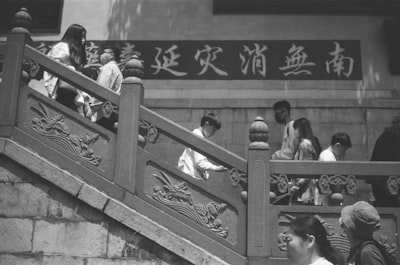Summary
On July 3, 2025, the Chinese aircraft carrier Shandong, accompanied by its strike group, made a ceremonial visit to Hong Kong waters. Chief Executive John Lee Ka-chiu welcomed the fleet on the 28th anniversary of Hong Kong's handover to China and the fifth anniversary of the national security law. Lee emphasized the Shandong as a symbol of China's modernized military and national pride, highlighting its role in fostering national identity and offering Hong Kong residents firsthand exposure to military advancements.
Analysis
This event is deeply symbolic, occurring at politically significant anniversaries. The arrival of the Shandong is carefully framed as both a demonstration of technological prowess and a reaffirmation of 'rock-solid' national security. The narrative presented by John Lee centers on unity, pride, and education, projecting the consolidation of Chinese identity in Hong Kong. However, such displays may have layered consequences:
- Underlying causes include Beijing's desire to reinforce sovereignty and stability in Hong Kong, especially given recent political unrest and the heightened enforcement of the national security law.
- The celebratory framing omits any mention of dissenting opinions or local anxieties regarding increased military presence or the implications of heavier mainland influence on Hong Kong's autonomy.
- Socially and politically, the event could be seen as both a confidence boost for some residents and a source of discomfort for others who remember Hong Kong's more autonomous identity pre-2019.
Discussion
The Shandong's visit encapsulates a broader trend of using military achievements as instruments of soft power and national cohesion. Such symbolic gestures have been widely employed throughout history, from US naval visits to allied ports to Russian displays on the Black Sea. What sets this apart is the context: Hong Kong remains a city where competing narratives about identity, freedom, and loyalty are still in play.
This event may deepen pride for certain groups, but could also heighten the sense of loss for those who value the city's historic freedoms and distinctiveness. The focus on defense education and pride is instructive, channeling patriotic sentiment as an antidote to unrest—yet it also raises questions: Can forced demonstrations of unity truly win hearts and minds? How much space remains for dissent and plurality in Hong Kong's civic discourse?
In sum, the Shandong's symbolic arrival is a snapshot of a city—and a nation—in transition, exposing the interplay between power, identity politics, and the shaping of collective memory. The question for Hong Kong's future is whether such displays will forge genuine unity or deepen underlying divides.

Comments
No comments yet. Be the first to comment!